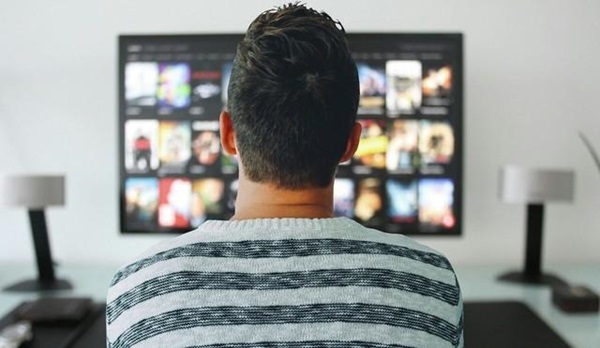Smart TVs have become a staple in many households. Apart from receiving digital signals, they also support the installation of various software, thus expanding the realm of possibilities. However, it’s not uncommon for smart TVs to encounter problems and require replacement. This article will guide you in quickly identifying TV faults and deciding whether to repair or replace them.
Dimming Display
It’s a known fact that TV technologies such as OLED, plasma, and LCD have a finite lifespan. In general, a more noticeable decline in performance occurs after about three years of use. With LCD TVs, this decline is reflected in viewing effects, such as reduced brightness, a darker screen, and a yellowish tint.
The screen brightness of modern LCD TVs is typically adjusted and set to an appropriate contrast level before leaving the factory, providing a more comfortable viewing experience. Technology experts advise that excessive brightness can cause eye strain, and the blue light emitted by screens can also lead to reduced visual acuity. Additionally, when a TV’s brightness diminishes, it’s essential to make timely adjustments or replacements, as extremely low brightness can also be detrimental to eyesight.
Uniform brightness is also crucial, mainly depending on the configuration and number of backlights. Major manufacturers nowadays employ corresponding light control technologies to ensure more even screen brightness and improved color display performance.

Poor Screen Color Quality
Similar to brightness, screen color plays a vital role in the viewing experience. A persistent yellow or green tint on the screen can be annoying and severely impact your enjoyment. Several factors can lead to such issues, including prolonged exposure to high temperatures and humid environments, which may cause color bleeding on the screen. The standard solution offered by manufacturers is to replace the screen, but this option can be costly.
How can we prevent this from happening? It’s quite simple. During daily use, pay attention to the environment around your TV. Try to avoid using it in harsh conditions, such as high temperatures and humidity, to effectively prolong the lifespan of the backlight and screen, thus ensuring optimal color performance.

System Freezing
In addition to dimming and color-related issues, smart TVs often encounter system freezing problems. With prolonged use, smart TVs may experience sluggish performance, crashes, and system freezes. When this happens, many people think of resetting the system, but this issue is mainly due to insufficient memory.
Apart from opting for TVs with larger memory capacities, we can also clear the memory of the TV itself, ensuring that there is enough space to run system-related software. Of course, if the aforementioned issues occur, the best course of action is to consider purchasing a new TV, as repairing an older model can be quite expensive.

By Minh Minh – Vietnamnet






























